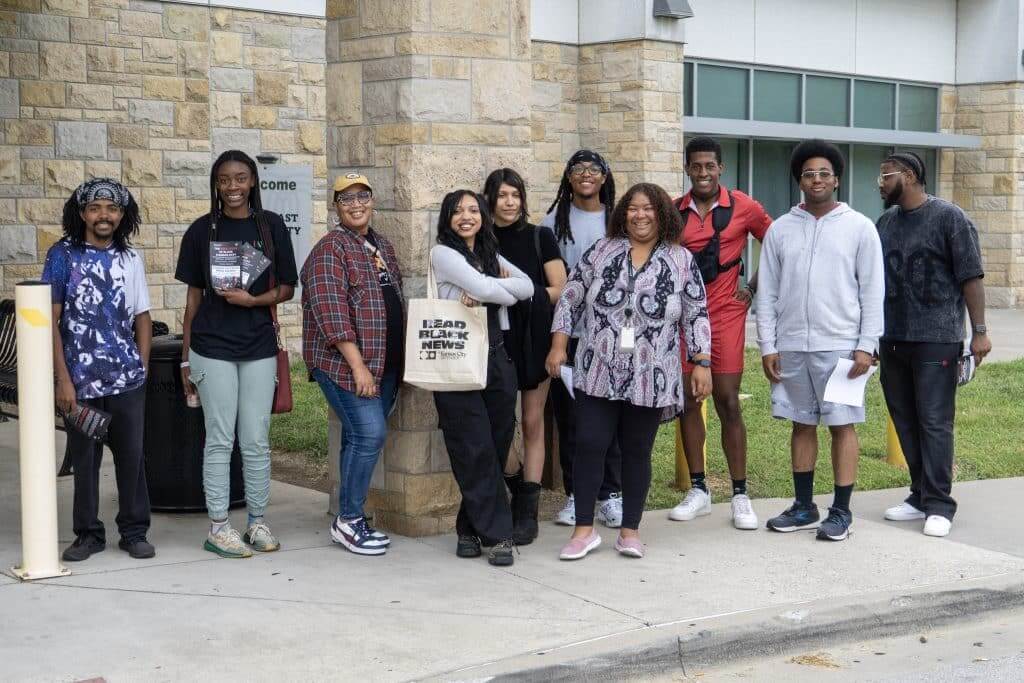The limitations of most media iPad apps have become apparent in the last few weeks as I have followed breaking news in Tucson and Egypt.
Since I write about mobile tech, I probably have more news apps installed on my iPad than the average person. Right now I use NPR, CNN, The Huffington Post, The Wall Street Journal, The Washington Post, USA Today and The New York Times.
Yet with all these apps, I still felt like I couldn’t keep up with the news. No single source has been rich or comprehensive enough to make it a “go to” destination for timely updates.
That is the implied promise of single-source news apps — that they can comprehensively serve your information needs. But most aim to do this with their own staff and content services. The Wall Street Journal isn’t likely to highlight coverage by The New York Times. (Two exceptions are The Huffington Post and The Washington Post, both of which incorporate some level of aggregation.)
So, where did I get my news for two days of Tucson coverage? From The Arizona Republic, Arizona Daily Star, MSNBC, ABC, Fox, KGUN-TV, YouTube and a dozen other sources — all of which I found via Twitter.
But Twitter is not a consumer-friendly solution for everyone. Even for power users, it takes a significant amount of effort to find and track authoritative sources. (For events in Egypt, I mostly gave up app and Web browsing and just followed NPR’s Andy Carvin.)
One possible solution for this problem is Flipboard. The “social magazine” app enables users to browse content and conversation on their social networks, as well as feeds from any other site on the Web. Each feed is presented within an engaging interface that encourages leisurely browsing and reading of content. That is one reason it has consistently been a top download in the iTunes store and was named “App of the Year” by Apple.
But Flipboard solves only half of the problem, connecting me to endless amounts of information but relying on me to do all the heavy lifting. While it can be used to present news, it does not help me decide which updates are important, authoritative or even necessarily most recent.
Basically, what Flipboard doesn’t do is what a traditional newspaper or magazine does best: edit.
In this age of information abundance, I find a lot of value in a coherent, edited and packaged news presentation. I want to turn to trusted news brands for authoritative reporting, perspective and packaging; I just don’t wish to give up my social news feeds to get that.
What I desire is a version of Flipboard that lets me mix a news outlet’s original reporting, news presentation and curation with feeds from my social networks.
I see the design of a “Flipboard for news” app being very similar to the CNN or NPR apps. The home page would include a grid of story boxes. The top row would contain staff-generated content. A middle row might feature aggregated news coverage, selected by editors and relevant to topics of interest.
The rest of the page would be customizable to include Twitter, Facebook and other social networks and news sources.
Of course, much like CNN does, advertising would be placed throughout; I want the app to be free, but we still need to pay the bills.
And if I could add to my wish list, “page two” of the app would contain a fully featured Twitter client like TweetDeck to provide one-stop monitoring and tweeting capabilities. With news, social media feeds and a built-in Twitter console, I might never close the app.
So which media outlets might be well positioned to pursue this strategy?
The Daily: News Corp.’s newest newsroom is working with a blank slate. Building a comprehensive news app could help it become an essential news source.
The Huffington Post: HuffPo’s iPad app already feels tablet-native. The culture of the organization seems like a good fit for an aggregated, personalized approach to the news.
The Washington Post: The Post is leading the field among major media organizations when it comes to social media and aggregation within its iPad app. The Post could leapfrog the competition and completely recreate the vision of a news app.
The Associated Press: Working with Verve Wireless, AP already powers white-label mobile apps for its members. AP and Verve could create a “Flipboard for news” and offer it to publishers small and large around the country.
Flipboard: And obviously, as the company that popularized “social magazines,” Flipboard could make an app of its own and license it to publishers. The company is developing an advertising business model, but becoming a news platform may also have revenue appeal.








Comments